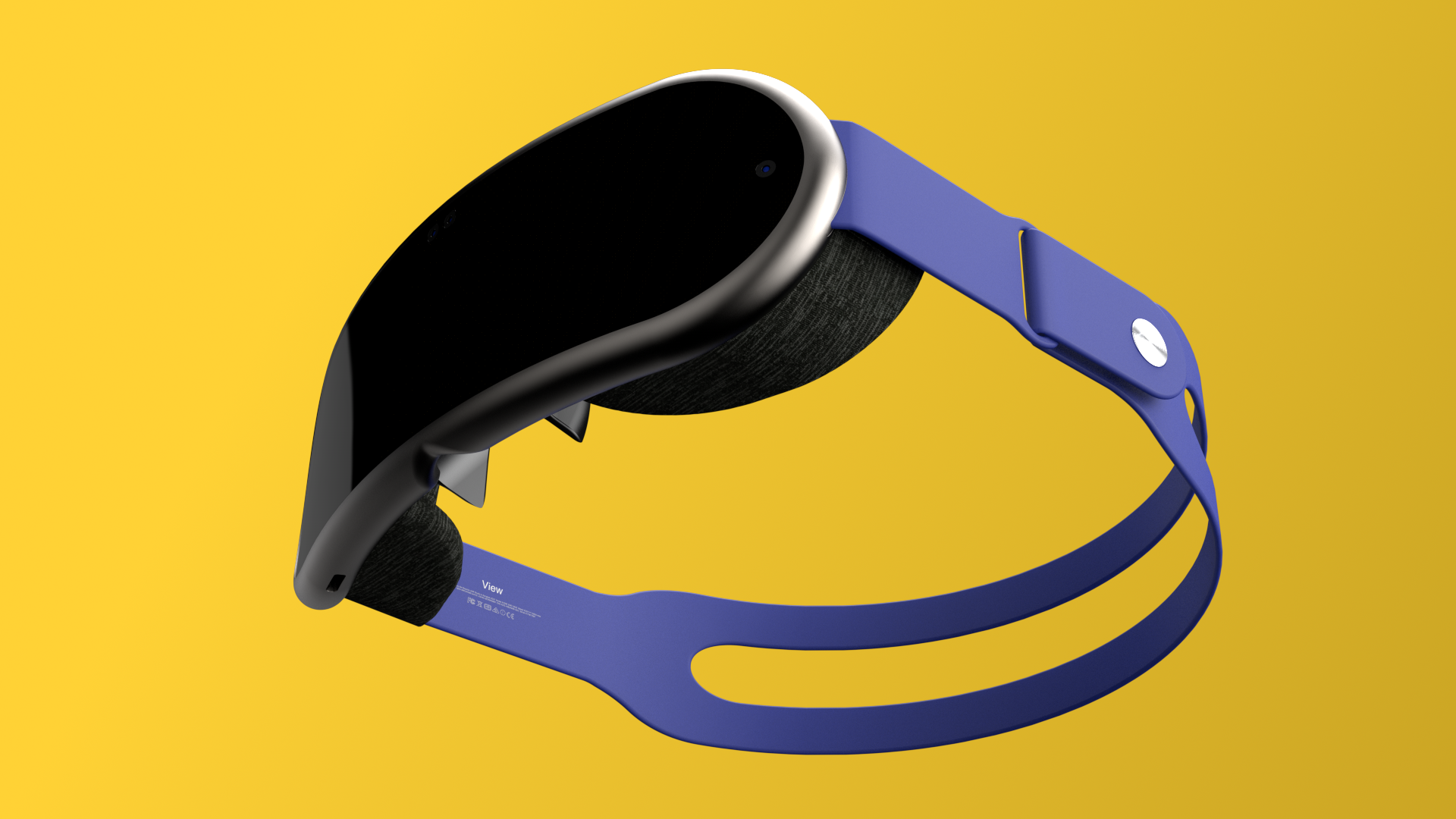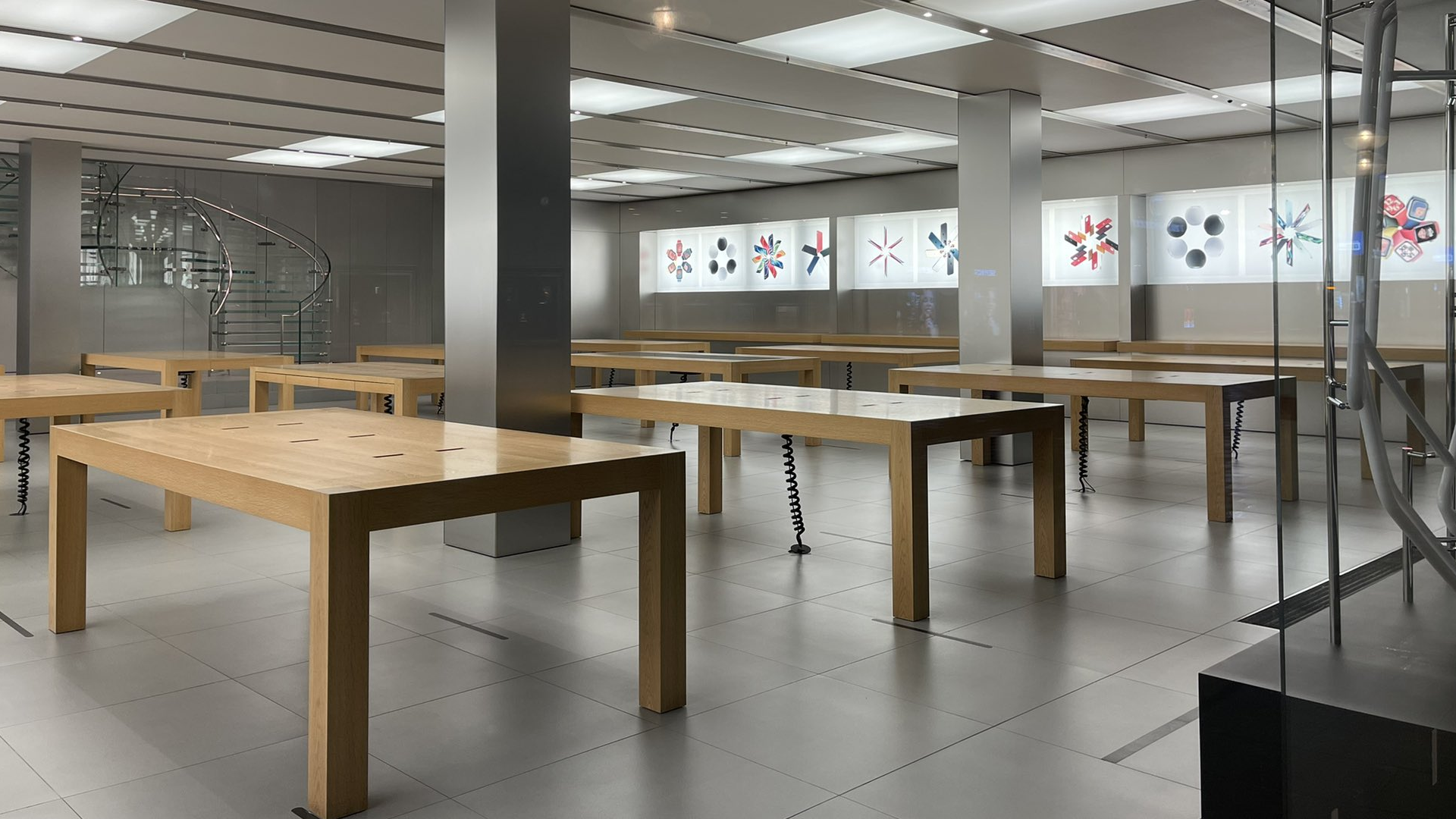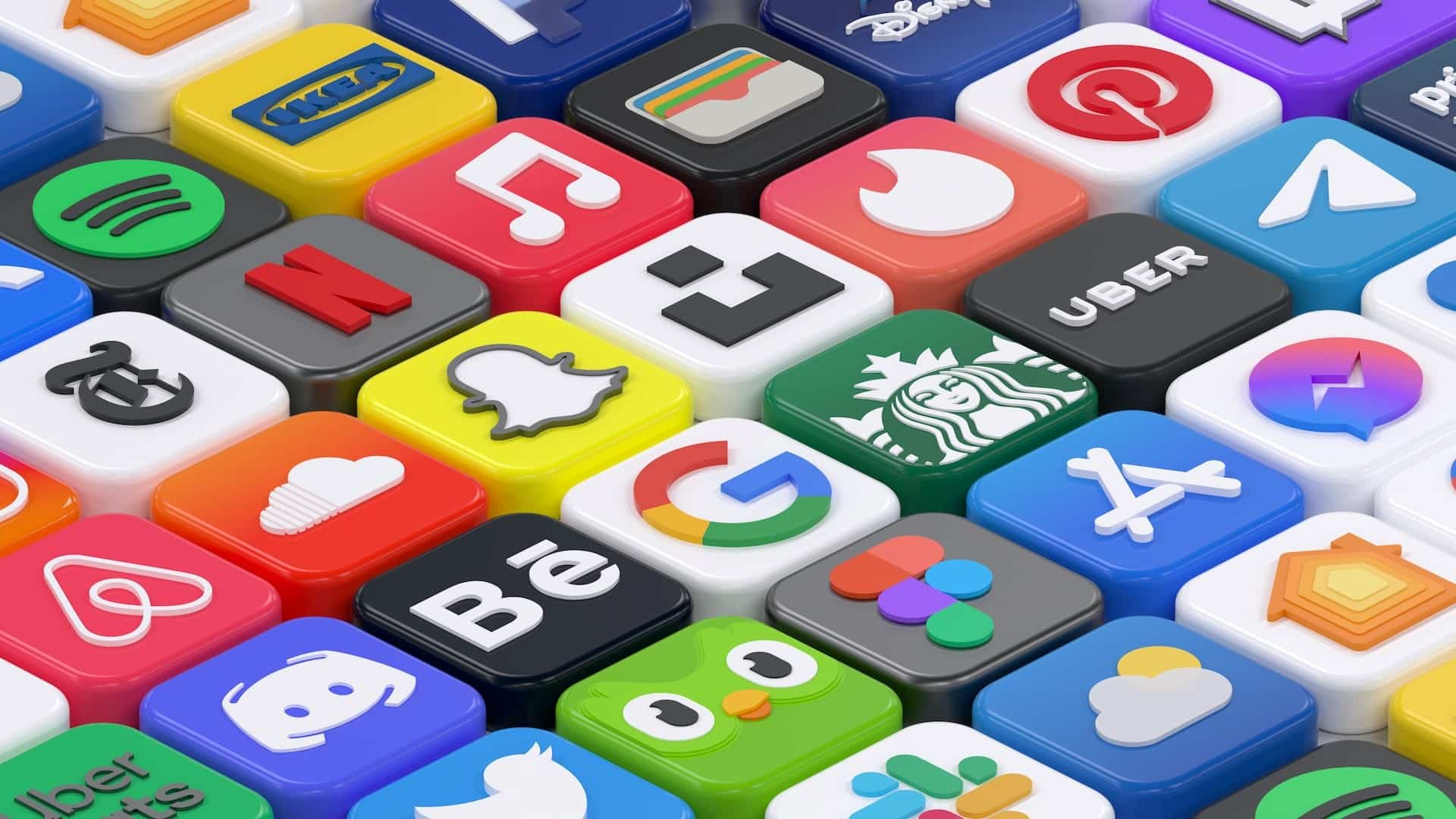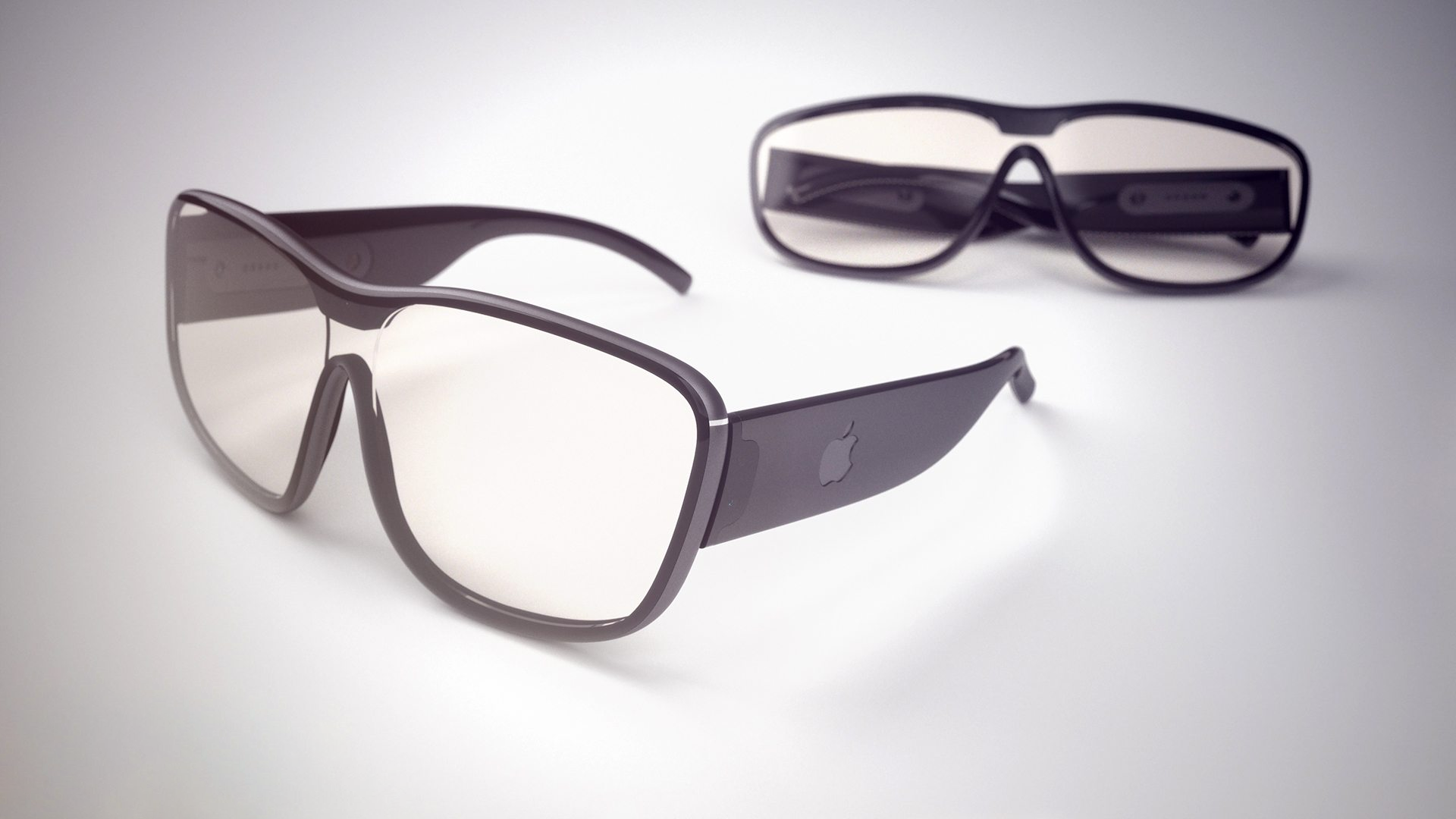Apple AR/VR headset: 5 reasons 'Reality Pro' is likely just a $3,000 dev kit
It's not a product reveal; it's a marketing strategy

We’re all excited about the announcement of Apple’s long-rumored AR/VR headset, aren’t we? I, myself, am practically tearing off my shirt as I write this, leaping about my desk like a gibbon with the zoomies. Won’t it be wonderful when we can finally don our ski-goggle reality visor for a chance to see the world anew?
However, maybe we should all temper our expectations for this one. Outside of its nod of approval from the mastermind behind the Oculus, a leaked list of powerful components, and rumored Apple tester swooning, there are a lot of questions left hanging in the air. Particularly, why everybody at Apple Park seems to be less-than-enthusiastic about the device in question. Let’s climb down off our desks. for just a moment, and consider the reality of the situation at hand with five, easy-to-read points.

1. Supply doesn’t look set to meet consumer-level demand
A recent report by market analysts TrendForce indicates that certain brands (which could include both Meta and Pogo) may have been “overly optimistic” regarding expected sales of VR headsets in recent years — with a potential culprit being a pseudo-bubble in the market created by the global pandemic.
Alternatively, while Apple is expected to enter the market, it won’t be setting the same lofty expectations. TrendForce analysts believe that its initial VR offering will be developer focused, with shipping estimates expected to be below 100,000 units and total production to reach a potential cap of just 300,000.
Even in the face of rising costs of living, Apple still managed to ship over 26 million units of the iPhone 14 in the first two months of its release. Demand is clearly there for Apple products, even in hard times. So why would Apple expect any less of an all-new device to market? Because it simply isn’t designed for the average consumer.
Sure, there’ll be applications beyond development. However, it would seem those applications will be limited or narrowly defined at first. The Reality Pro is likely to be more of a tool than a product, something that can be used to populate the Apple AR/VR landscape with apps, games, functions, and features for future devices to make use of.

Its absurd price
If rumors are to be believed, and there are some credible names backing them, the biggest hurdle many will face when it comes to the adoption of Apple’s Reality Pro headset will come in the form of its $3,000 price tag.
Stay in the know with Laptop Mag
Get our in-depth reviews, helpful tips, great deals, and the biggest news stories delivered to your inbox.
Most consumers who are buying into XR/VR trend are throwing their money at Meta Quest 2 headset, one of the most affordable options on the market. This only further makes the idea of Apple launching a headset with a premium price tag seem all the more puzzling.
But not so much if you consider it as a development kit of sorts for Apple’s new xrOS operating system and platform. Development kits have historically been priced at a much higher rate than the consumer-level devices or machines that follow.
Outside of an initial wave of dyed-in-the-wool Apple devotees, who is left to market towards? And what portion of that remaining audience has upwards of $3,000 of expendable income to put down on Apple’s headset?
Apple’s true market points towards developers, creatives, and finally enterprise — a VR/AR market that was valued at $21 Billion in 2021 and is projected to grow to $364 Billion by 2030 (though we’ve already seen how projections for this technology can miss the mark by some degree.). A headset marketed toward designers, developers, and creative professionals would explain its high-end pricing and limited availability.
It would also further the case that the headset's initial scope will be narrowly defined to these disciplines, making it a far less marketable product to mainstream audiences.

3. The lack of a “killer” app
Sure, it’s early days, and the likelihood of us knowing everything about any software the Reality Pro has onboard is slim. However, we have had a minor glimpse into what we can expect to find on Apple’s AR/VR headset — and it’s not exactly mind-blowing.
According to a report by Bloomberg’s Mark Gurman, Apple is focusing on a number of “key apps” to sway those on the fence about the upcoming headset. Just what are those key apps? Well, there’s apparently a revamped version of Apple Fitness+ to look forward to and a VR version of FaceTime. I’ll let that last one sit with you for a while before the irony of FaceTime without actual faces dawns on you.
If that hasn’t quite blown your socks off, then how about an “optimized” version of the Safari browser? No? Well, how about the ability to check your mail in VR? Still no? How about browsing your contacts list… But, wait for it, in VR? Yeah. I thought as much.
The lack of any real stand-out app for the Reality Pro only highlights it as some augmented wasteland devoid of any meaningful usage. It’s quite possible that the headset itself could feature new-to-iPad apps like Final Cut Pro and Logic Pro, delivering creative potential on the platform. However, these aren't the things we’re hearing from insiders. Instead, we’re lumped with virtual reality stock tickers and augmented reality weather apps.
The clear lack of any single must-get, must-buy, must-try app only further leads to speculation that it’s because this is the platform that the app is supposed to be built on — and not enjoyed on.

4. Apple Glasses are the real product
Yep, you heard that right. Once again we’re traveling to the far-off distant lands of Futureville, skipping what hasn’t even been unveiled yet to let you in on what’s planned to come down the pipeline several years from now. Today’s tour will focus on the Apple AR/VR headset you should actually buy, the one likely to arrive sometime in 2025.
Here in Futureville, we’re well past Apple’s first-gen AR/VR offering, and we’re knee-deep in its cheaper, more widely available second-gen headsets. In fact, we’re also quite barmy about the Apple Glasses — the product Apple actually wanted to make originally, but didn’t have the patience to wait on the tech required to make it happen.
We at Futurville would like to extend a heartful thank you to everyone in 2024 who forked out $3,000 to beta test the Reality Pro, and for the lavish money-wasting you indulged in to do so — now go back to where you came from.
Back in 2012, Tim Cook was deriding Google for its excursions into early AR with Google Glass, reportedly claiming in an email “I can’t believe anyone (normal) will ever wear these things.” However, it seems that these words were uttered out of some form of jealousy — because it was the exact product Apple is looking to create now.
So, why buy into a product so early as a consumer, when a cheaper, more accessible, and frankly more flattering product is just a few years away? You shouldn’t. But if you want to make a lot of money by sowing the seeds of content that the next wave of headsets will enjoy? Then you absolutely should.

5. The mainstream market isn’t quite ready — yet
Let’s close things off by expanding upon something mentioned in our first point — demand. More accurately, let’s look at the actual relevance of VR in our modern lives. After rocketing skywards in 2021, the amount of people picking up a VR headset has been in slow decline. Projected sales figures are currently way off the mark, and it’s leading some manufacturers to rethink their headset plans entirely.
Now returning to the post-apocalyptic future of 2023 (with our freedom to roam the streets sans lockdowns and other mandates), It would appear that most of us aren’t ready to leave reality behind when we’re no longer isolated to the confines of our own four walls. Virtual escapism just isn’t as highly sought after now that there’s actual human interaction to escape to instead.
Steam, the world’s largest video game distribution platform, has an estimated 120.4 million active monthly players every month. In comparison, a recent Steam Survey recorded that just 1.93% of active players are reported to own or at the very least to have used a VR headset in April 2023.
This isn’t simply a matter of platform either. Even Sony cut its production plans for the PS VR2 by around 20%, shipments from Chinese XR/VR headset manufacturer Pico were more than 40% lower than expected in 2022. And Meta’s premium headset the Quest Pro has a product lifecycle shipment of only around 300,000 units. which is a flop for a consumer-focused device.
It would be a bold move, even for a brand as big as Apple, to take the same plunge and expect a different outcome. The fact is, even with Apple’s loyal fanbase, VR just hasn’t stolen the attention of the mainstream quite like it was expected to — yet.
Outlook
By all accounts, Apple isn’t looking to enter the AR/VR market fully — not yet at least.
With the market seemingly facing a slight decline, Apple’s announcement of its augmented and virtual reality platform is more likely a way to bolster that waning interest, build hype, and turn heads in the direction it wants to go in.
The announcement of the Reality Pro could be a way to ensure everyone’s eyes are pointed in the right direction when Apple makes its grand catwalk entrance, likely with the rumored Apple Glasses or a more affordable Reality Pro/One-like device, at some point in the future.
Now that’s a device I’ll primitively dance around my desk shirtless for.
Keep your eyes on Laptop Mag for the latest information of Apple's upcoming head-mounted display by bookmarking our oft-updated Apple VR headset rumor hub.

Rael Hornby, potentially influenced by far too many LucasArts titles at an early age, once thought he’d grow up to be a mighty pirate. However, after several interventions with close friends and family members, you’re now much more likely to see his name attached to the bylines of tech articles. While not maintaining a double life as an aspiring writer by day and indie game dev by night, you’ll find him sat in a corner somewhere muttering to himself about microtransactions or hunting down promising indie games on Twitter.
